Architects Directory Alumnus: Nanjing Zendai Himalays Center by MAD
The Wallpaper* Architects Directory has turned 20. Conceived in 2000 as our index of emerging architectural talent, this annual listing of promising practices, has, over the years, spanned styles and continents; yet always championing the best and most exciting young studios and showcasing inspiring work with an emphasis on the residential realm. To mark the occasion, this summer, we will be looking back at some of our over-500 alumni, to catch up about life and work since their participation and exclusively launch some of their latest completions. In the space of the 13 years since their participation in the Architects Directory in 2007, Chinese architecture firm MAD, headed by Ma Yansong, has become an international powerhouse with projects ranging hugely, both in scale and geographical location. Here, we visit their latest, nature-inspired, mixed-used development Nanjing Zendai Himalayas Center.
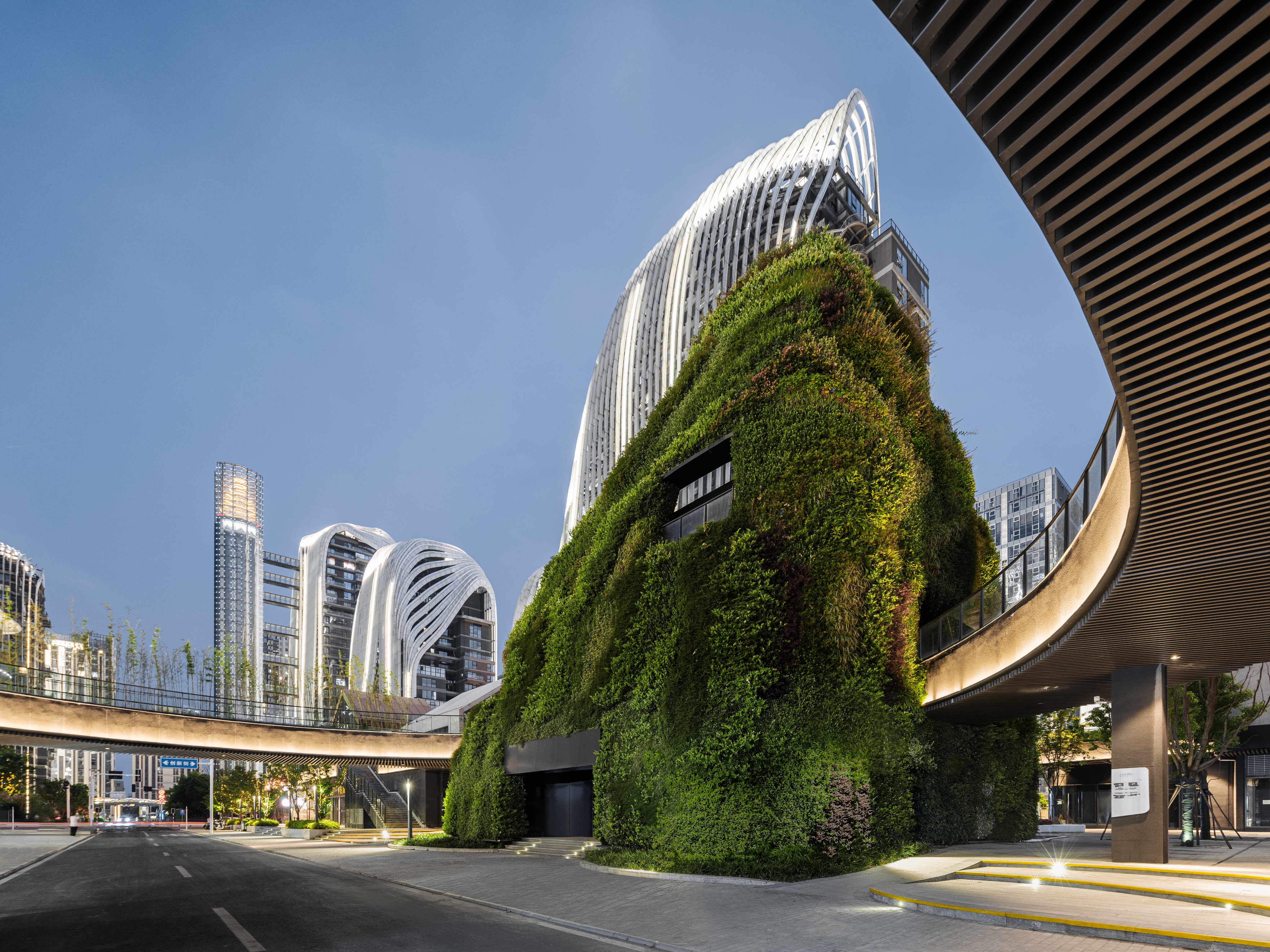
CreatAR Images - Photography
A metropolis-scale development covering some 560,000 sqm at the heart of China’s eastern Jiangsu province, the Nanjing Zendai Himalayas Center is an urban habitat comprising commercial buildings, hotels, offices and apartments set alongside the city’s high-speed railway route.
Having served as the capital of several Chinese dynasties, Nanjing still holds a prominent place in the nation’s culture. Led by Ma Yansong of MAD Architects, the design is envisaged within the traditional Chinese ethos of ‘Shanshui (mountain-water)’, a painting style as well as a vehicle for Chinese philosophy. ‘We want the space to convey the traditional values of Nanjing in a new urban experience that blends with nature,’ explains Ma. ‘Traditional Chinese urban architecture is relatively small in scale and encompasses natural landscapes; there is no natural landscape around this development, so we have to use the buildings themselves to create it.’
Thirteen mountain-like structures that seem to have been formed from wind and water frame the site. They are characterised by ridges and curved white glass louvres that cascade like waterfalls in a manifestation of the surrounding mountain ranges and meandering rivers. Real water features, including pools and waterfalls, connect the buildings while trees and flora merge the manmade and natural environments; with abundant light and airflow, they create a tranquil ambience in the middle of the city. ‘Seen from a distance, the buildings create a canyon surrounded by peaks and the public space is like a village nestling under the mountains. The constructions in the ‘village’ are on a small scale which people can relate to,’ says Ma.
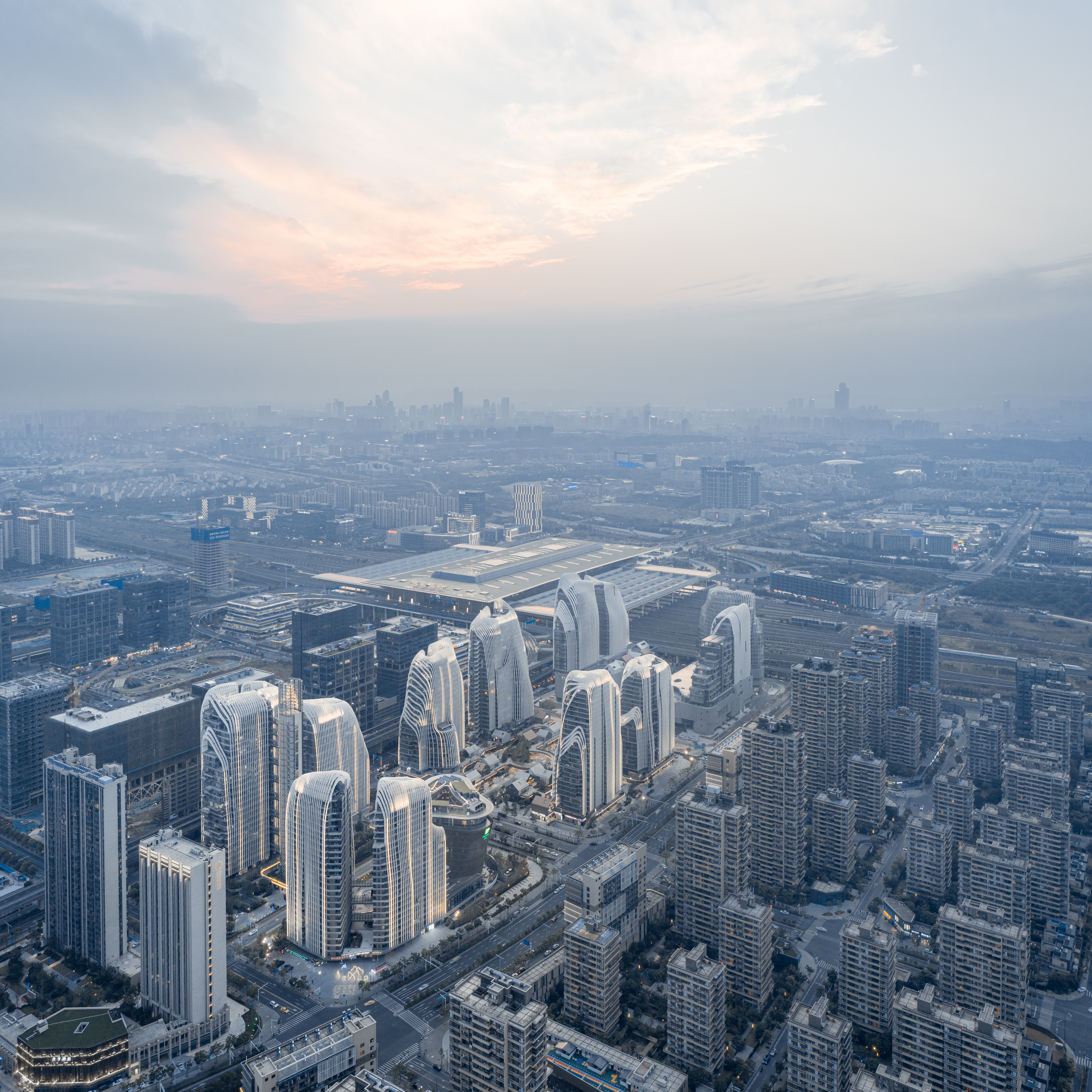
Currently in its third and final phase of construction, the project is expected to be completed this year. ‘I believe this project will inspire the public, but at the same time it is an experiment,’ says Ma. ‘Modern Chinese cities have become standardised: spaces are defined by roads and divided into plots covered with buildings and an insignificant amount of greenery. We are surrounded by concrete blocks in urban settlements and it’s very important to me to change this.’ He adds, ‘Although we can't build nature, we can still find a way to create a dialogue between the city and the natural world.’
MAD was selected for Wallpaper’s Architects Directory in 2007. At around that time, Ma was creating many fantasy proposals, such as ‘Beijing 2050’ and 'Superstar: A Mobile China Town’. ‘Architecture should be imaginative and should provide space for discovery,’ he says. In the 13 years since then, the team has successfully realised its dreams both in and outside of China. The Harbin Opera House in north-east China, completed in 2015, showcased an unconventional way to promote cultural development in the country and led to many landmark projects around the nation, including the ongoing mountainous earth-sheltered building complex Quzhou Sports Campus; the glass-sails themed Yiwu Grand Theater; and Shenzhen Bay Square waterfront zone.
The two headline projects abroad, the Lucas Museum in Los Angeles and Rotterdam’s Fenix, which are currently under construction, prove that there are no boundaries to MAD’s creative visions. ‘That fact that our ideas can be of value today is what makes our work meaningful. It shows that the world welcomes new ideas and we should be even more forward-looking during the next 20 or 30 years,’ says Ma.
MORE FROM WALLPAPER* ARCHITECTS DIRECTORY 2020
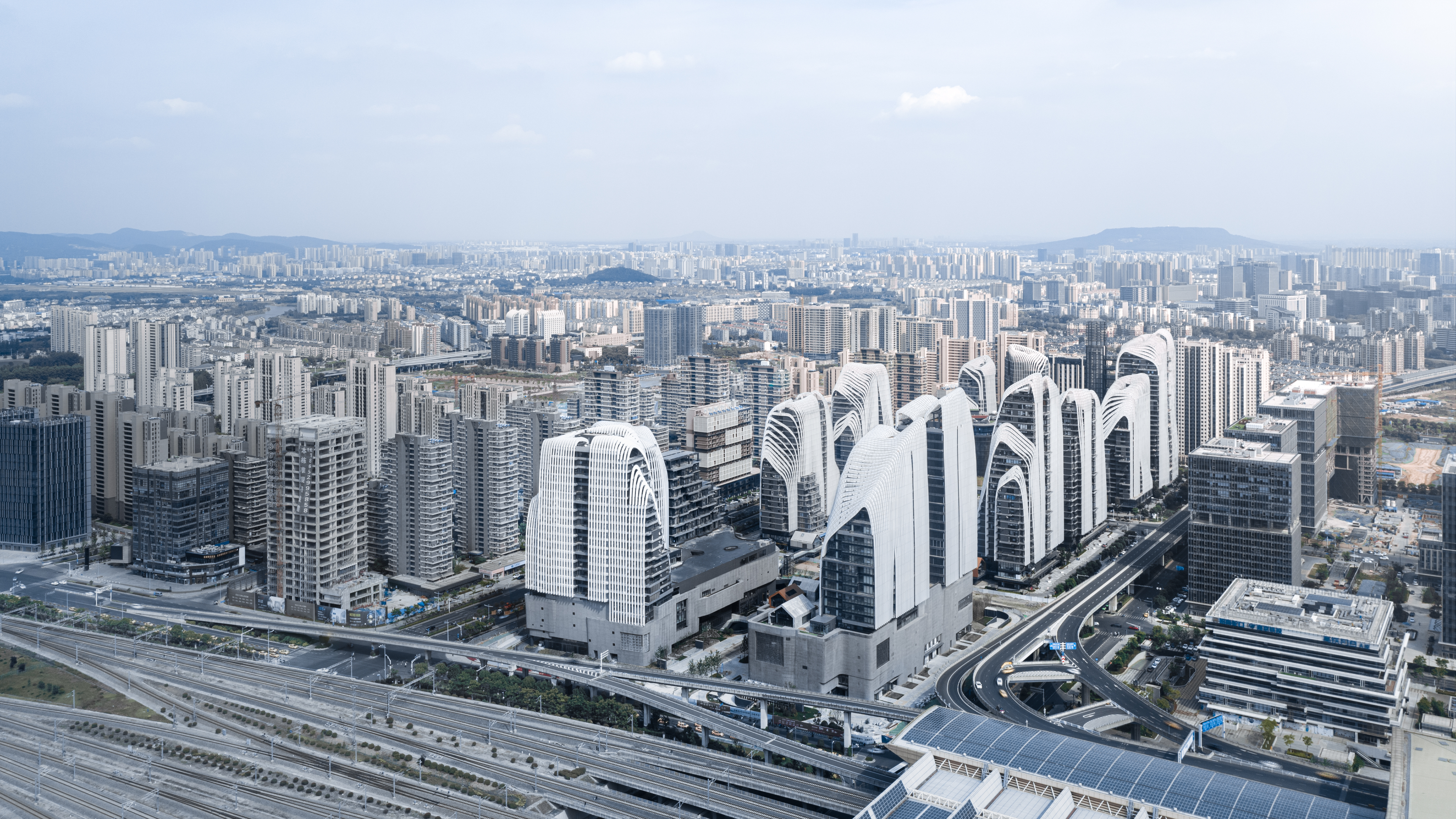
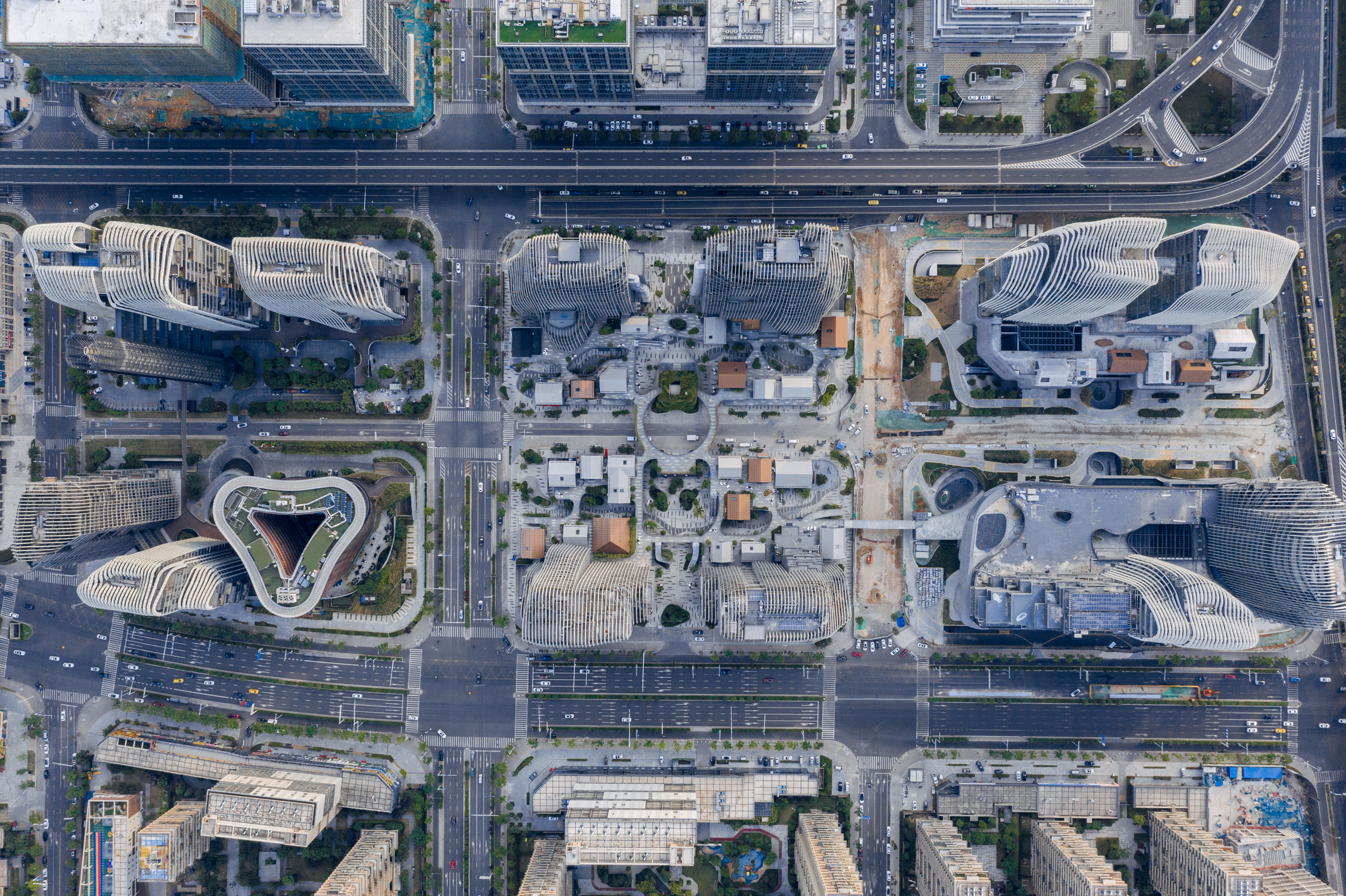
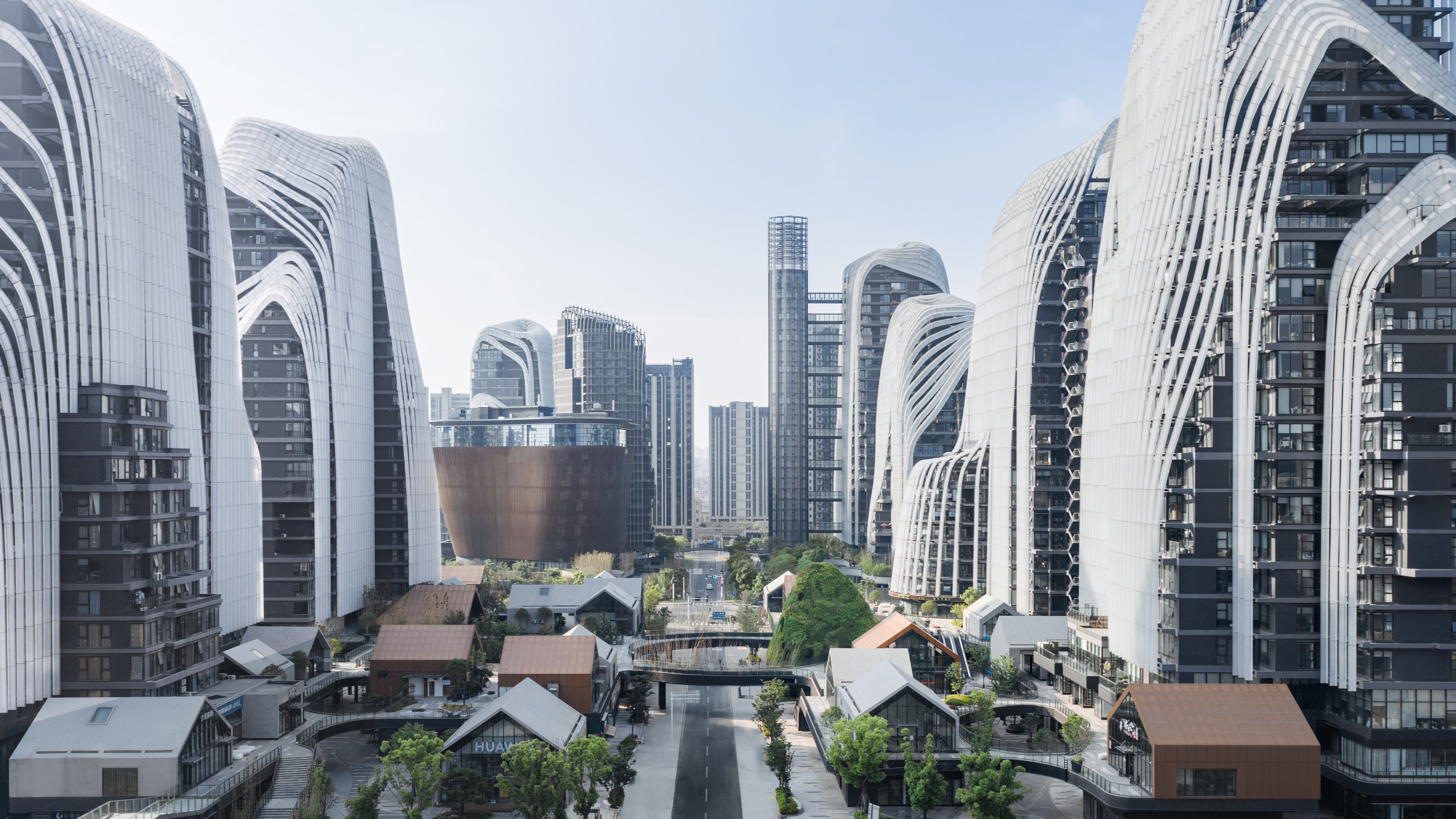
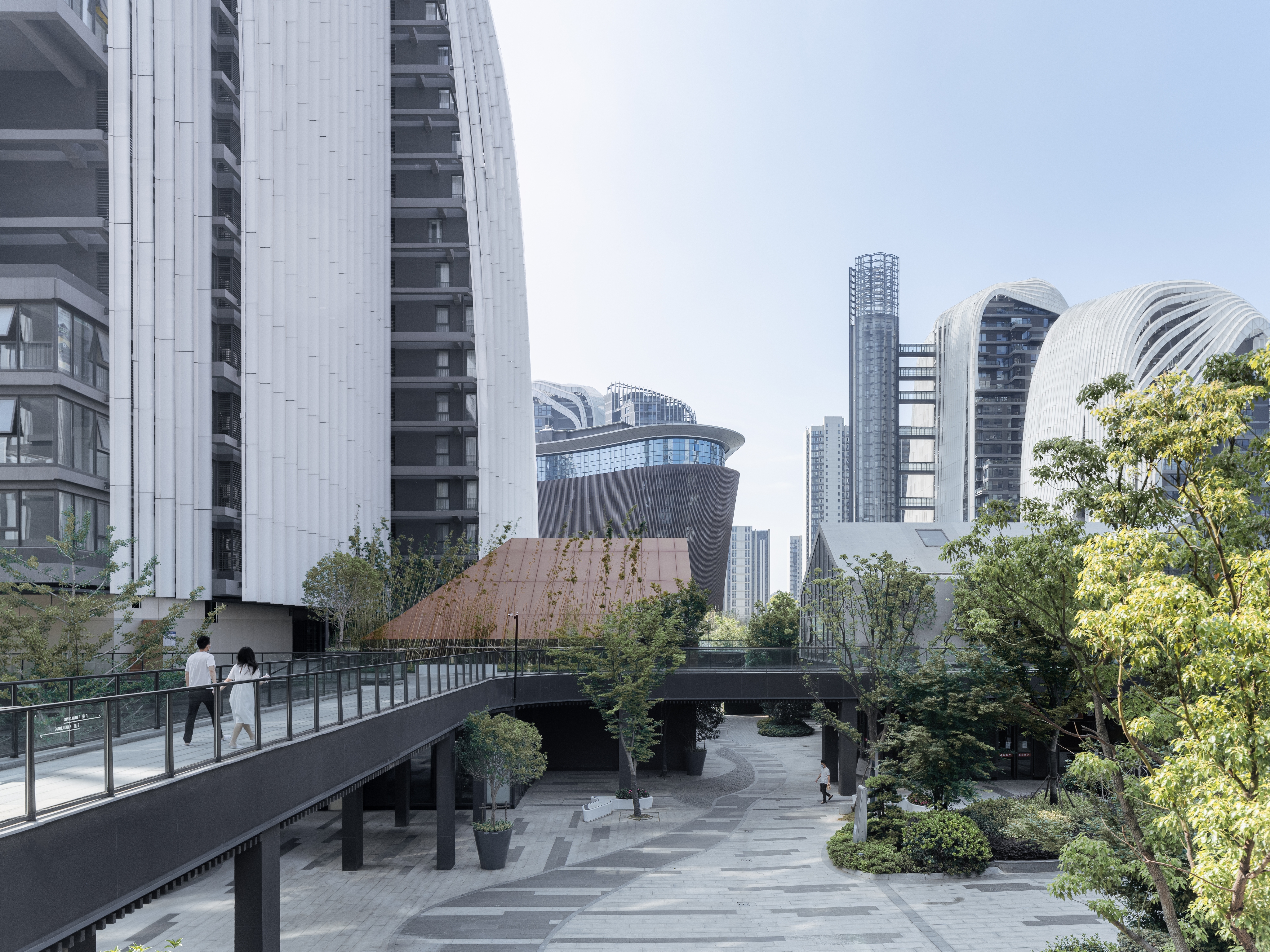
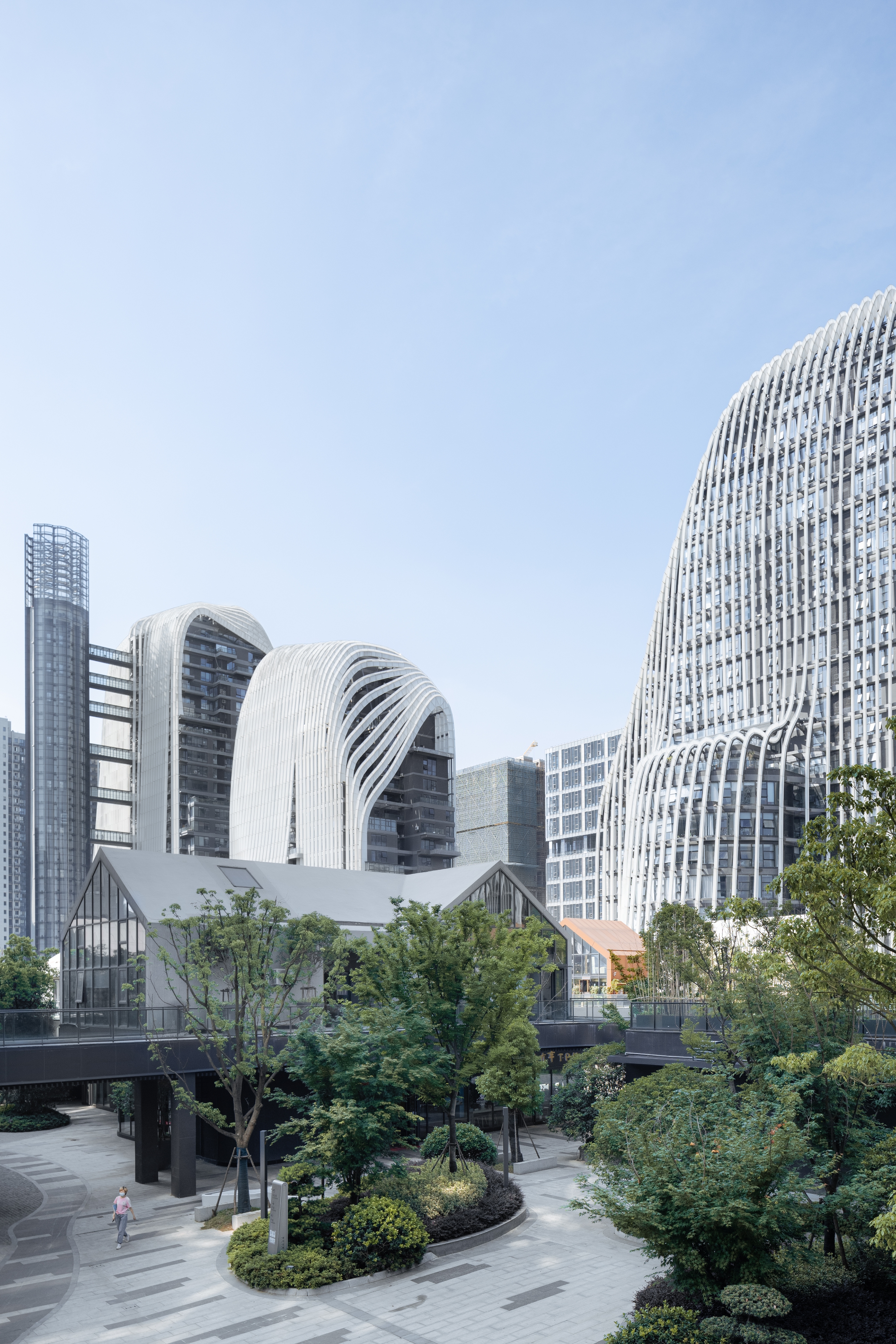
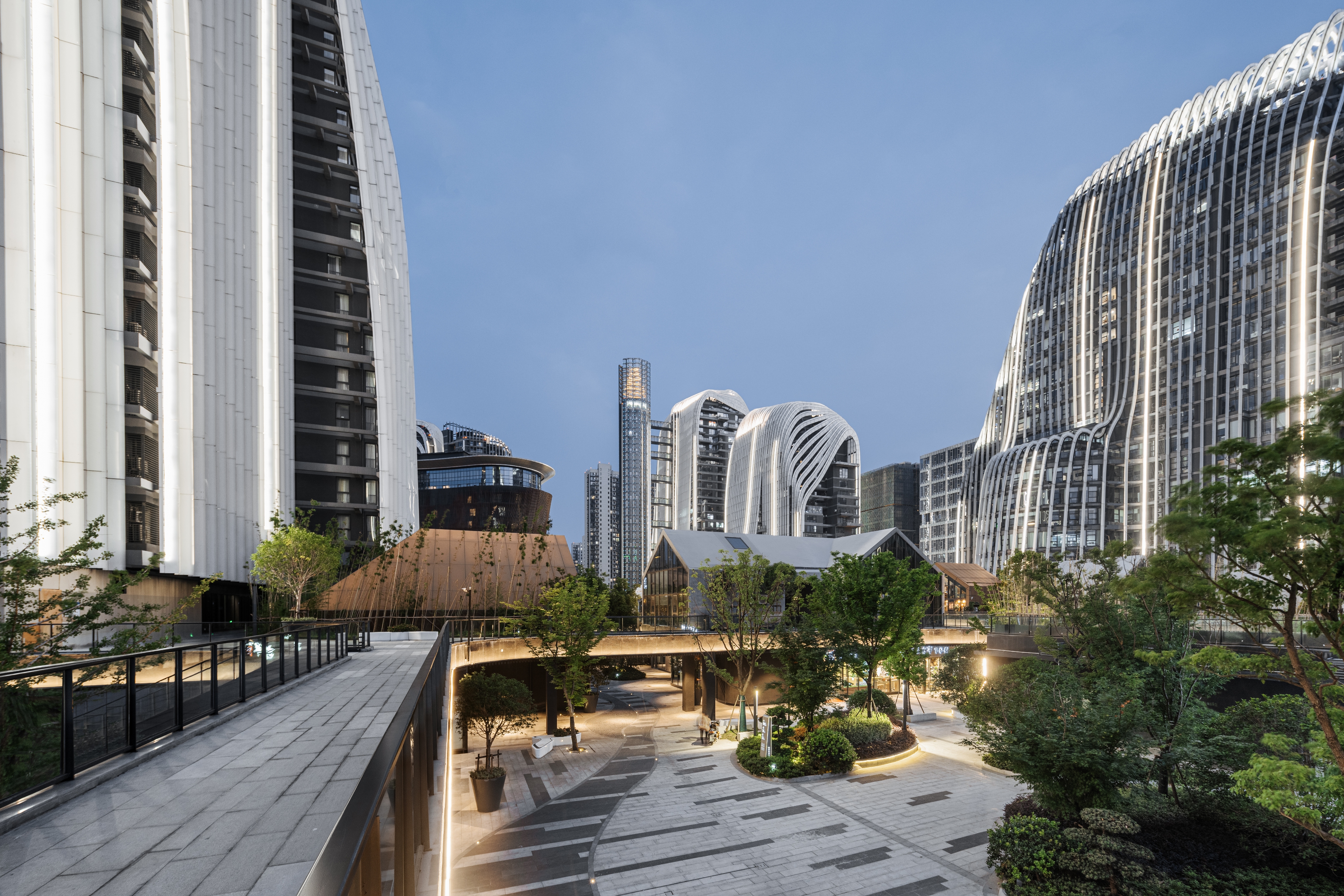
INFORMATION
i-mad.com
Wallpaper* Newsletter
Receive our daily digest of inspiration, escapism and design stories from around the world direct to your inbox.
Yoko Choy is the China editor at Wallpaper* magazine, where she has contributed for over a decade. Her work has also been featured in numerous Chinese and international publications. As a creative and communications consultant, Yoko has worked with renowned institutions such as Art Basel and Beijing Design Week, as well as brands such as Hermès and Assouline. With dual bases in Hong Kong and Amsterdam, Yoko is an active participant in design awards judging panels and conferences, where she shares her mission of promoting cross-cultural exchange and translating insights from both the Eastern and Western worlds into a common creative language. Yoko is currently working on several exciting projects, including a sustainable lifestyle concept and a book on Chinese contemporary design.
-
 Inspired by the French Riviera, Été Celine heralds the arrival of summer
Inspired by the French Riviera, Été Celine heralds the arrival of summerCeline’s new summer collection, capturing the ‘freedom and lightness’ of Saint-Tropez escapes, arrives at The Selfridges Corner Shop in a transporting pop-up
By Jack Moss
-
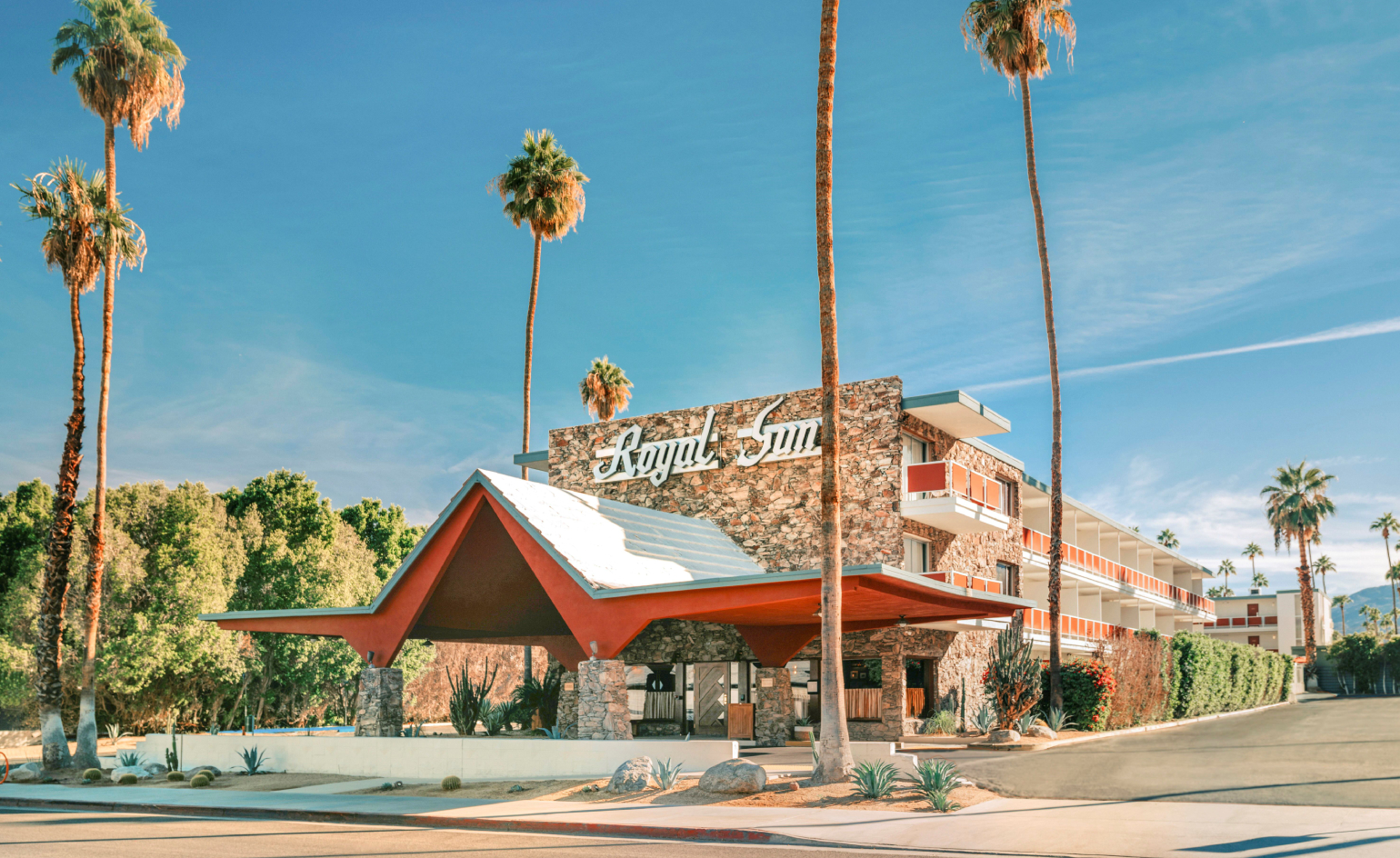 Seven things not to miss on your sunny escape to Palm Springs
Seven things not to miss on your sunny escape to Palm SpringsIt’s a prime time for Angelenos, and others, to head out to Palm Springs; here’s where to have fun on your getaway
By Carole Dixon
-
 Microsoft vs Google: where is the battle for the ultimate AI assistant taking us?
Microsoft vs Google: where is the battle for the ultimate AI assistant taking us?Tech editor Jonathan Bell reflects on Microsoft’s Copilot, Google’s Gemini, plus the state of the art in SEO, wayward algorithms, video generation and the never-ending quest for the definition of ‘good content’
By Jonathan Bell
-
 A Xingfa cement factory’s reimagining breathes new life into an abandoned industrial site
A Xingfa cement factory’s reimagining breathes new life into an abandoned industrial siteWe tour the Xingfa cement factory in China, where a redesign by landscape specialist SWA Group completely transforms an old industrial site into a lush park
By Daven Wu
-
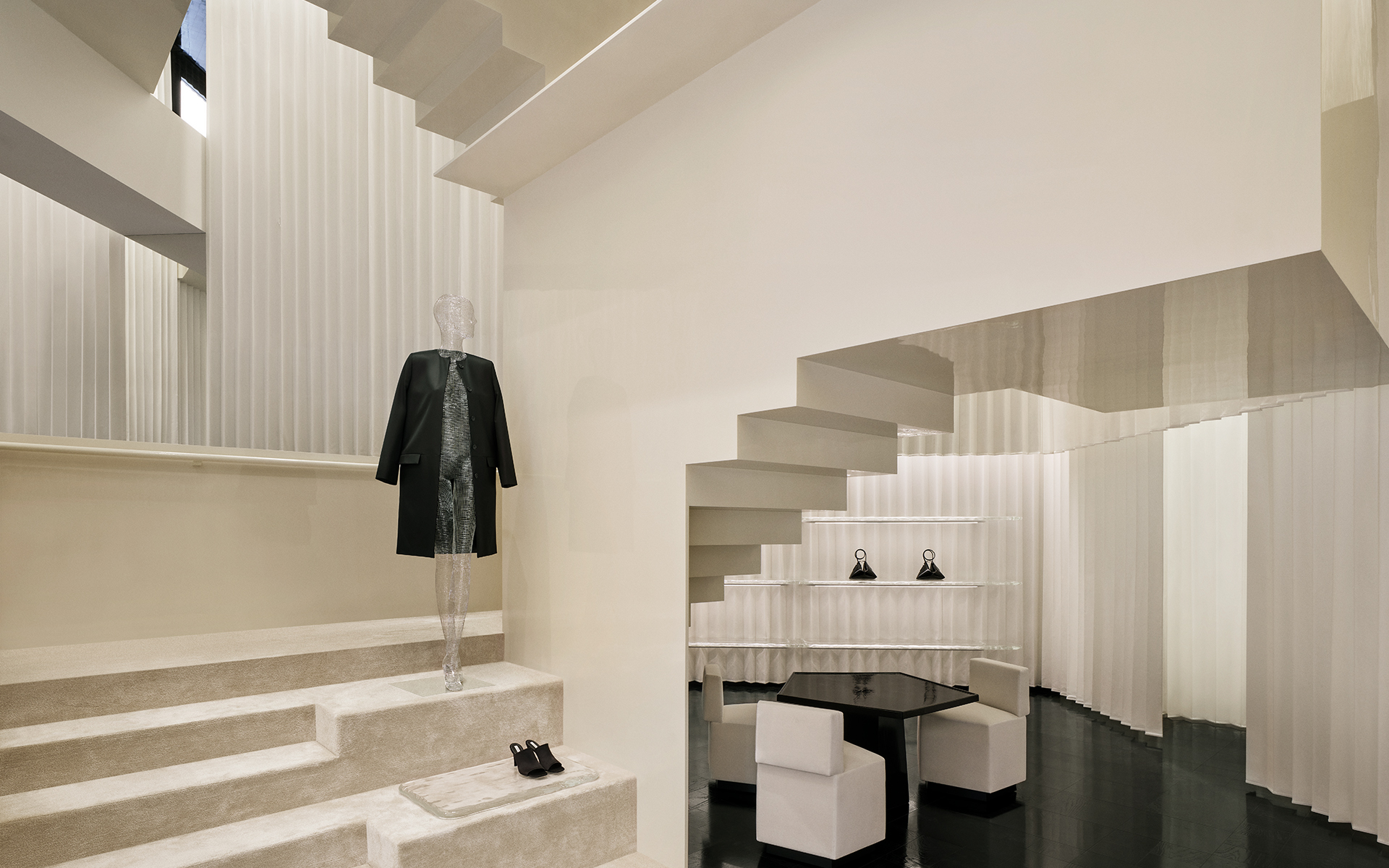 Bold, geometric minimalism rules at Toteme’s new store by Herzog & de Meuron in China
Bold, geometric minimalism rules at Toteme’s new store by Herzog & de Meuron in ChinaToteme launches a bold, monochromatic new store in Beijing – the brand’s first in China – created by Swiss architecture masters Herzog & de Meuron
By Ellie Stathaki
-
 The upcoming Zaha Hadid Architects projects set to transform the horizon
The upcoming Zaha Hadid Architects projects set to transform the horizonA peek at Zaha Hadid Architects’ future projects, which will comprise some of the most innovative and intriguing structures in the world
By Anna Solomon
-
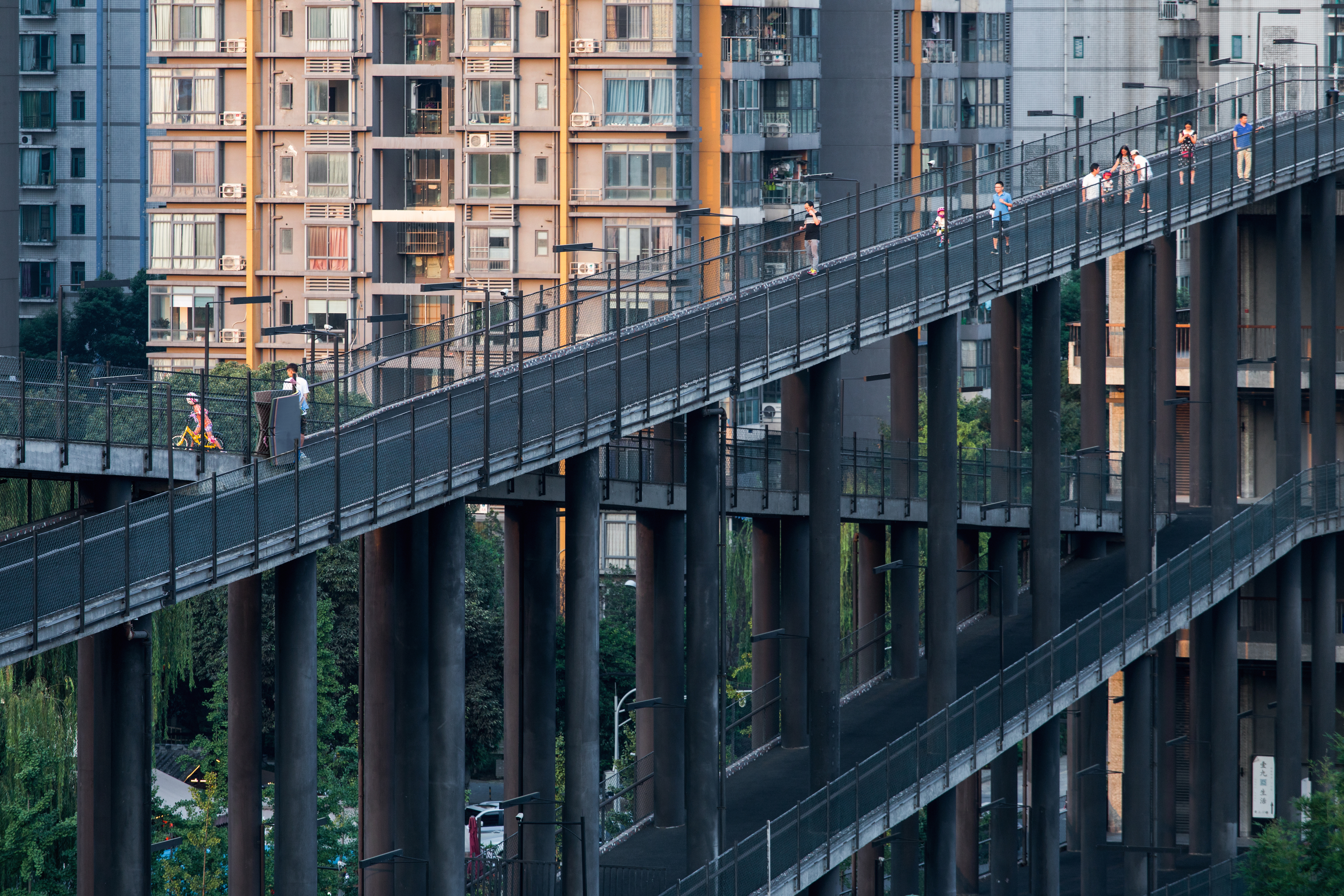 Liu Jiakun wins 2025 Pritzker Architecture Prize: explore the Chinese architect's work
Liu Jiakun wins 2025 Pritzker Architecture Prize: explore the Chinese architect's workLiu Jiakun, 2025 Pritzker Architecture Prize Laureate, is celebrated for his 'deep coherence', quality and transcendent architecture
By Ellie Stathaki
-
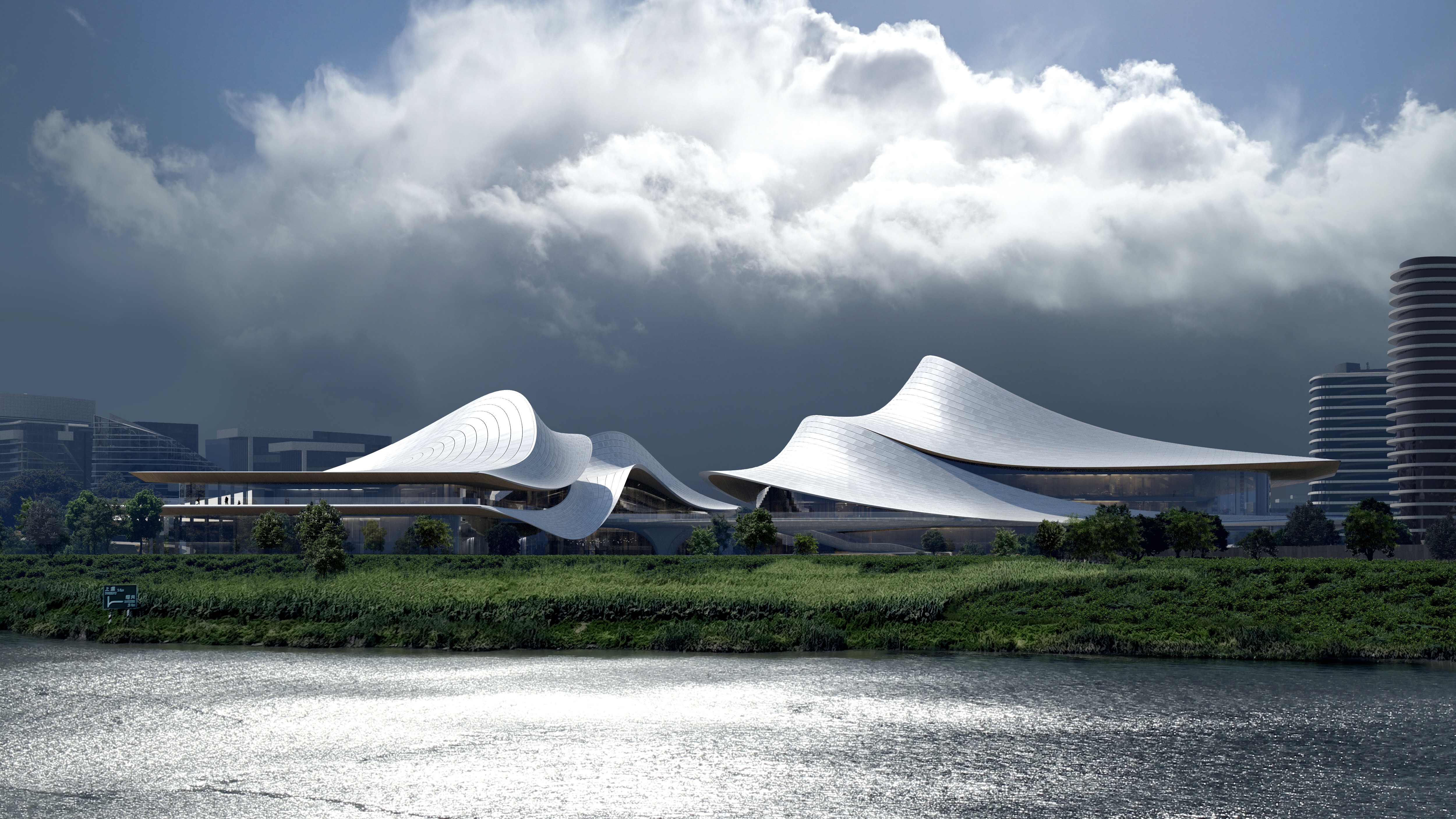 Zaha Hadid Architects reveals plans for a futuristic project in Shaoxing, China
Zaha Hadid Architects reveals plans for a futuristic project in Shaoxing, ChinaThe cultural and arts centre looks breathtakingly modern, but takes cues from the ancient history of Shaoxing
By Anna Solomon
-
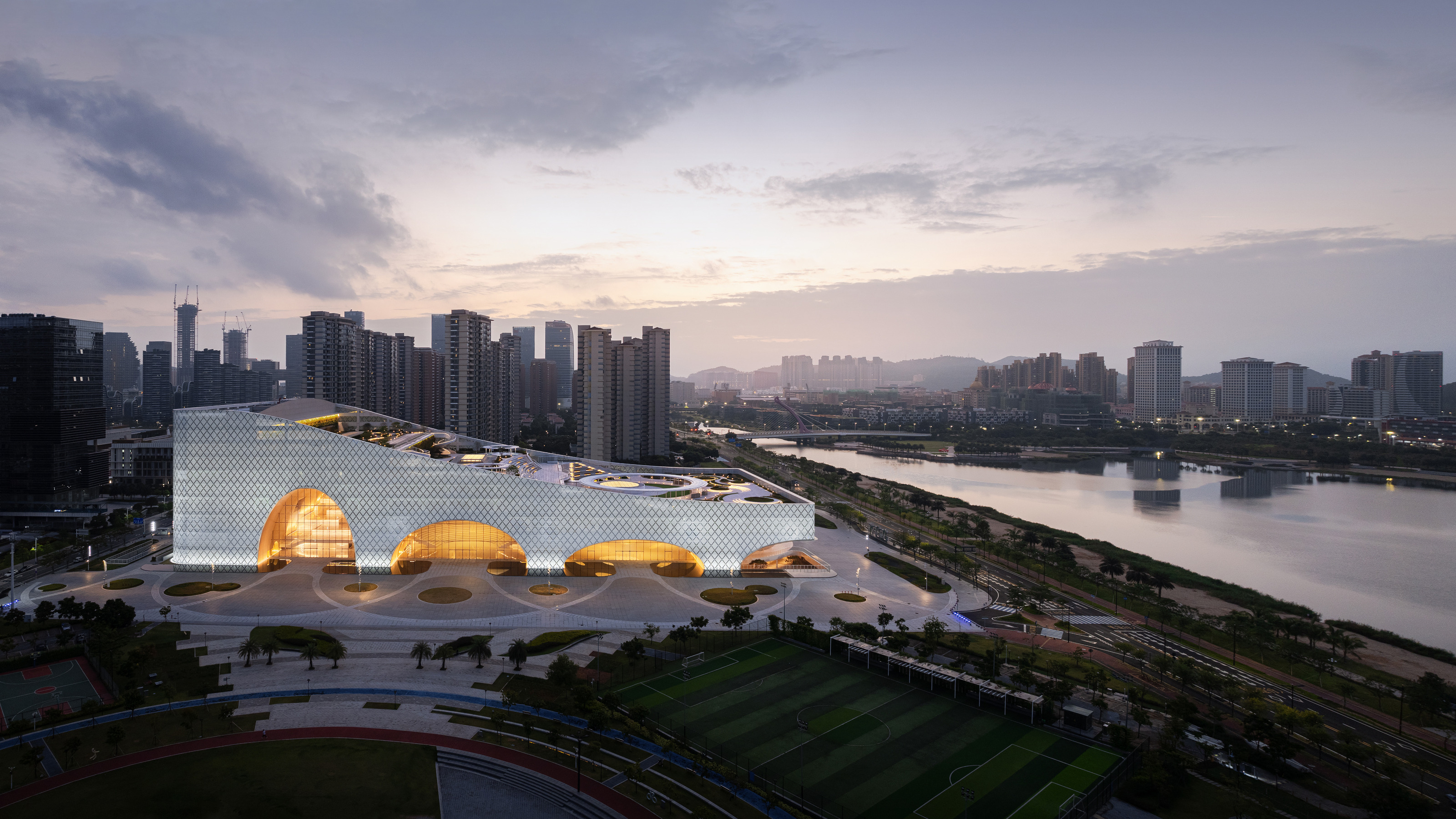 The Hengqin Culture and Art Complex is China’s newest cultural megastructure
The Hengqin Culture and Art Complex is China’s newest cultural megastructureAtelier Apeiron’s Hengqin Culture and Art Complex strides across its waterside site on vast arches, bringing a host of facilities and public spaces to one of China’s most rapidly urbanising areas
By Jonathan Bell
-
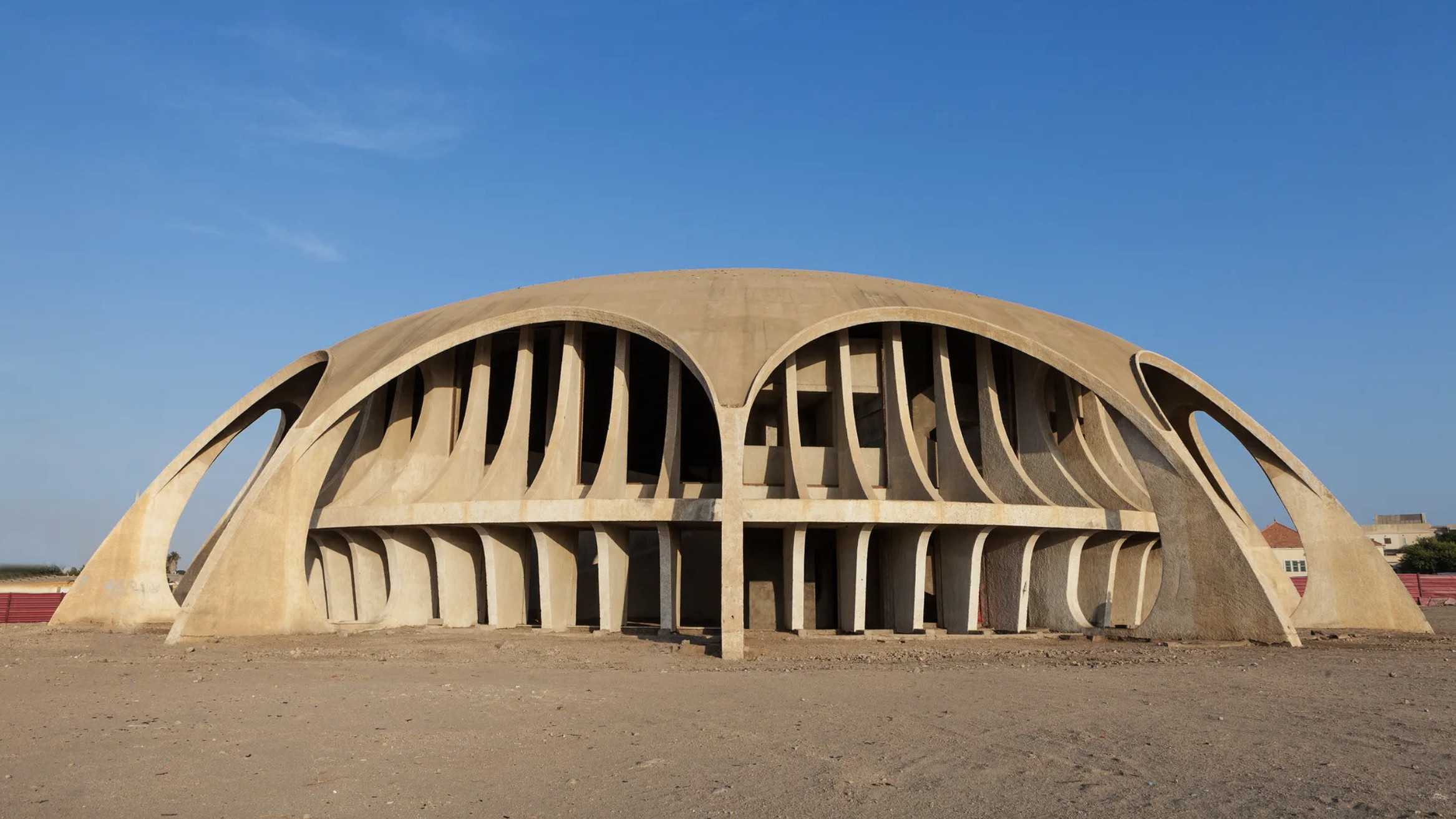 The World Monuments Fund has announced its 2025 Watch – here are some of the endangered sites on the list
The World Monuments Fund has announced its 2025 Watch – here are some of the endangered sites on the listEvery two years, the World Monuments Fund creates a list of 25 monuments of global significance deemed most in need of restoration. From a modernist icon in Angola to the cultural wreckage of Gaza, these are the heritage sites highlighted
By Anna Solomon
-
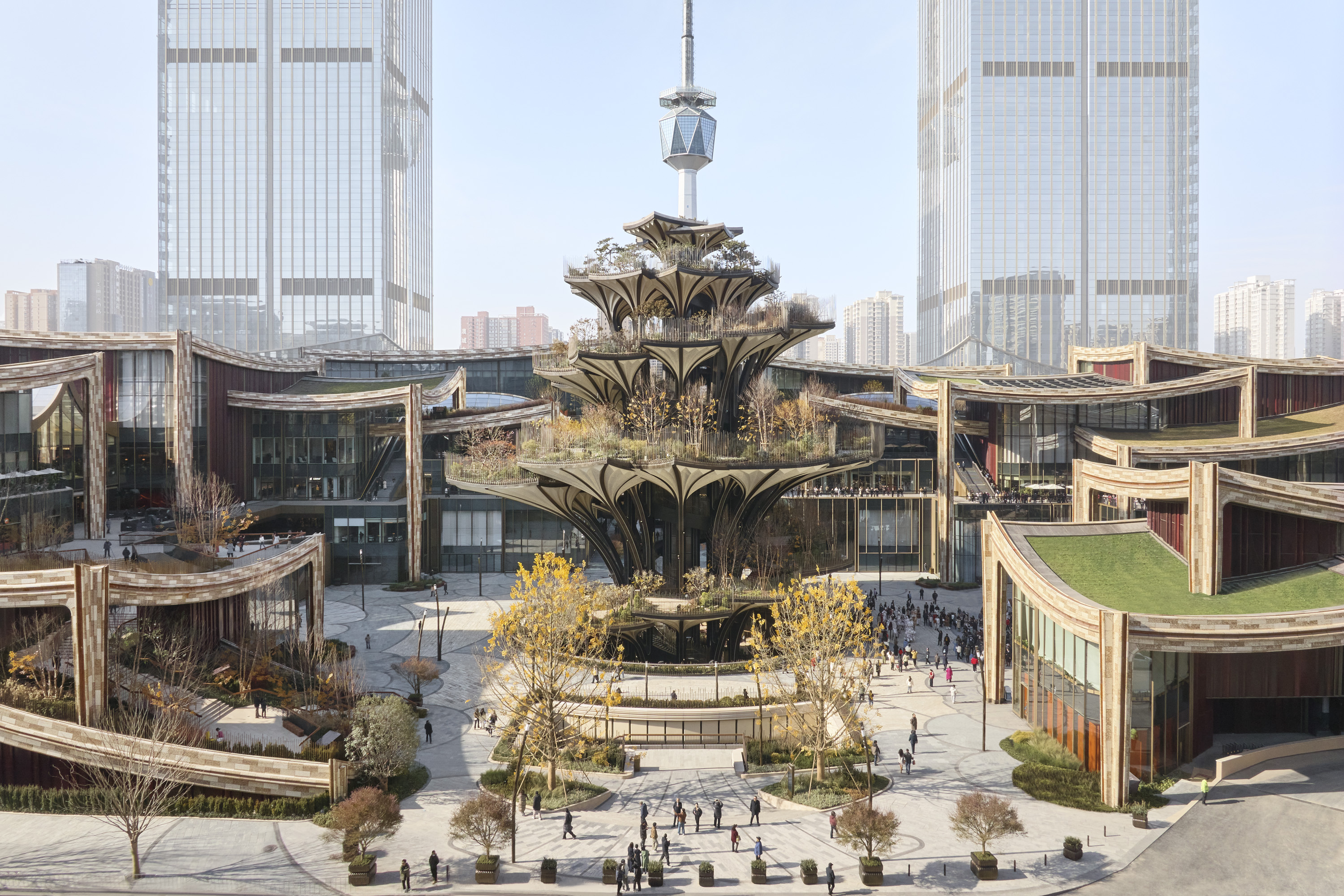 Tour Xi'an's remarkable new 'human-centred' shopping district with designer Thomas Heatherwick
Tour Xi'an's remarkable new 'human-centred' shopping district with designer Thomas HeatherwickXi'an district by Heatherwick Studio, a 115,000 sq m retail development in the Chinese city, opens this winter. Thomas Heatherwick talks us through its making and ambition
By David Plaisant